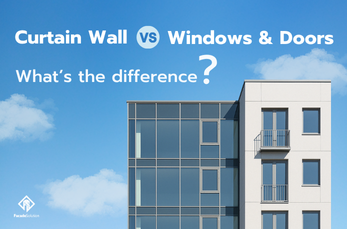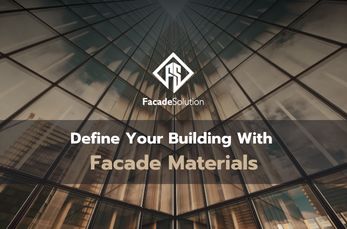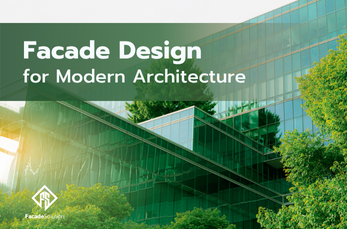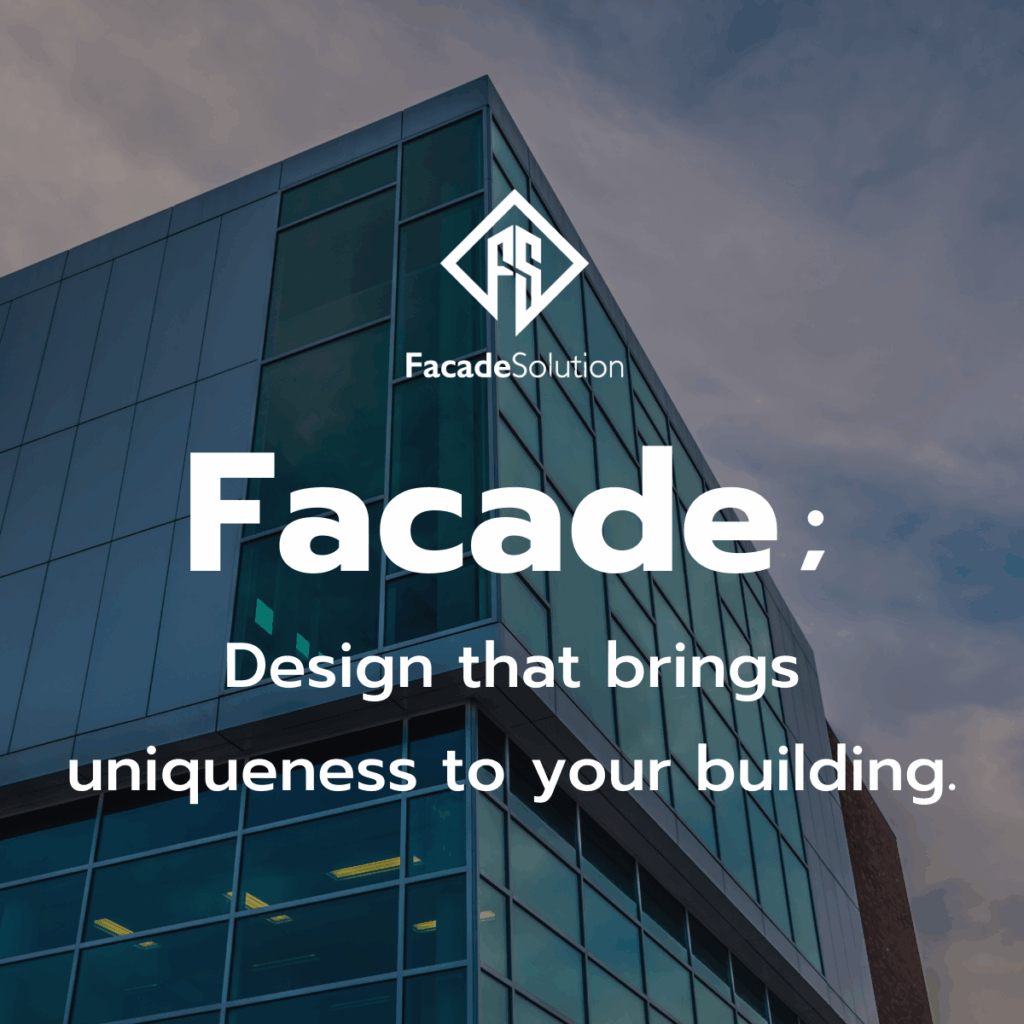A facade refers to the exterior part of a building that serves both aesthetic and functional purposes. It not only enhances the building’s appearance but also contributes to energy efficiency, ventilation, and protection against environmental elements.
Common types of modern facades include:
- Sun-shading Facades
- Ventilated Facades
- Decorative Facades
- Energy-efficient Facades
In contemporary architecture, facades are not merely decorative elements but integral components that reflect the identity of the brand, building, or project owner.
What Are the Components of Facade Costs?

1. Facade Materials
Materials significantly impact the overall cost. Consider factors like aesthetics, durability, flexibility, and budget. Examples include:
- Wood-grain Aluminum: Elegant, durable, and water-resistant.
- Wood-Plastic Composite (WPC): Termite-resistant, moisture-resistant, UV-resistant, and provides a texture close to natural wood.
- Steel Grating: Modern, strength, wind resistance, and impact durability.
- Glass or Polycarbonate: Contemporary appearance that allows natural light into the building, helping to reduce energy consumption.
2. Labor and Installation Systems
Costs vary based on the complexity of the facade design, building height, and specialized equipment required, such as boom lifts or scaffolding.
3. Design and Drafting Fees
Custom-designed facades or those requiring special engineering calculations may incur additional design fees.
4. Logistics Costs
Heavy or regionally sourced materials may lead to increased transportation expenses.
Tips to Control Facade Costs Within Budget
Collaborate with Designers and Engineers
Early planning ensures that the facade integrates seamlessly with other building systems, such as insulation and waterproofing.
Select Materials Suitable for the Environment
Choose materials that withstand local weather conditions and require minimal maintenance. For instance, avoid steel in coastal areas due to corrosion risks.
Utilize Modular or Prefabricated Materials
These options can reduce installation time and minimize on-site adjustments, leading to cost savings.
Facade Solution Services to Help You Stay on Budget
At Facade Solution, we offer comprehensive design, manufacturing, and installation services for various facade systems, including:
Frame Curtain Wall

A framed curtain wall system compatible with both Unitized and Stick Type installations. Ideal for office buildings and high-rise structures that require strength and refined aesthetics.
Semi-Framed Curtain Walls
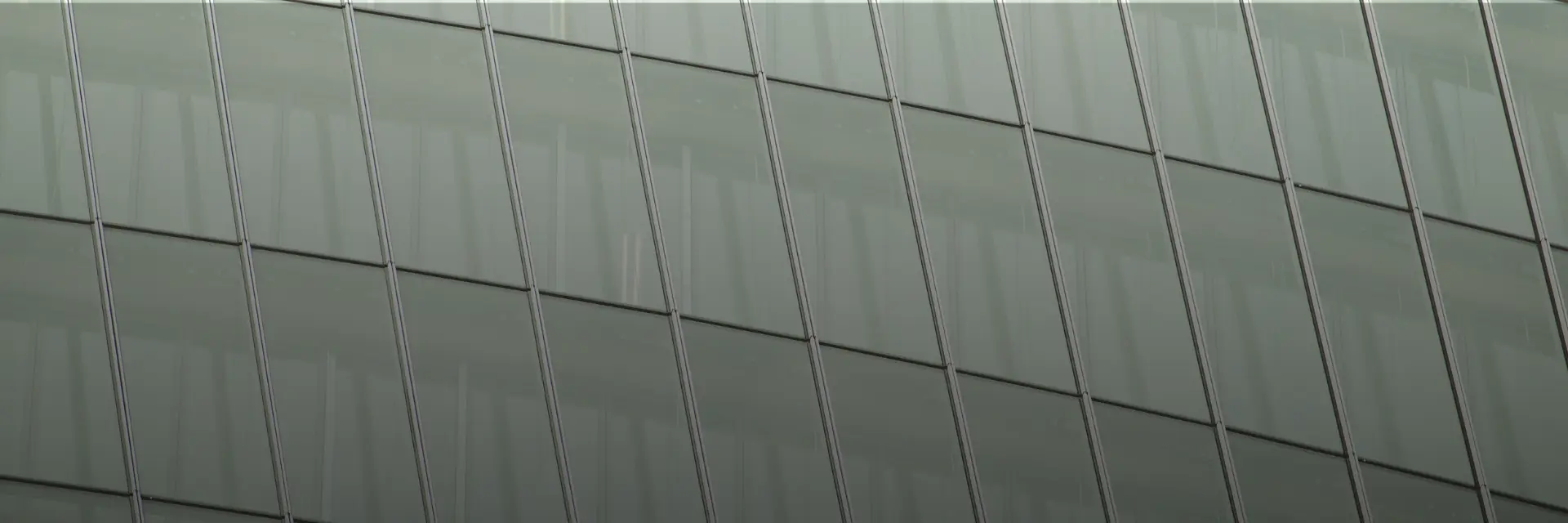
A semi-framed option that balances structural performance with design flexibility. It also supports installation with both Unitized and Stick Type systems.
Seamless Curtain Walls
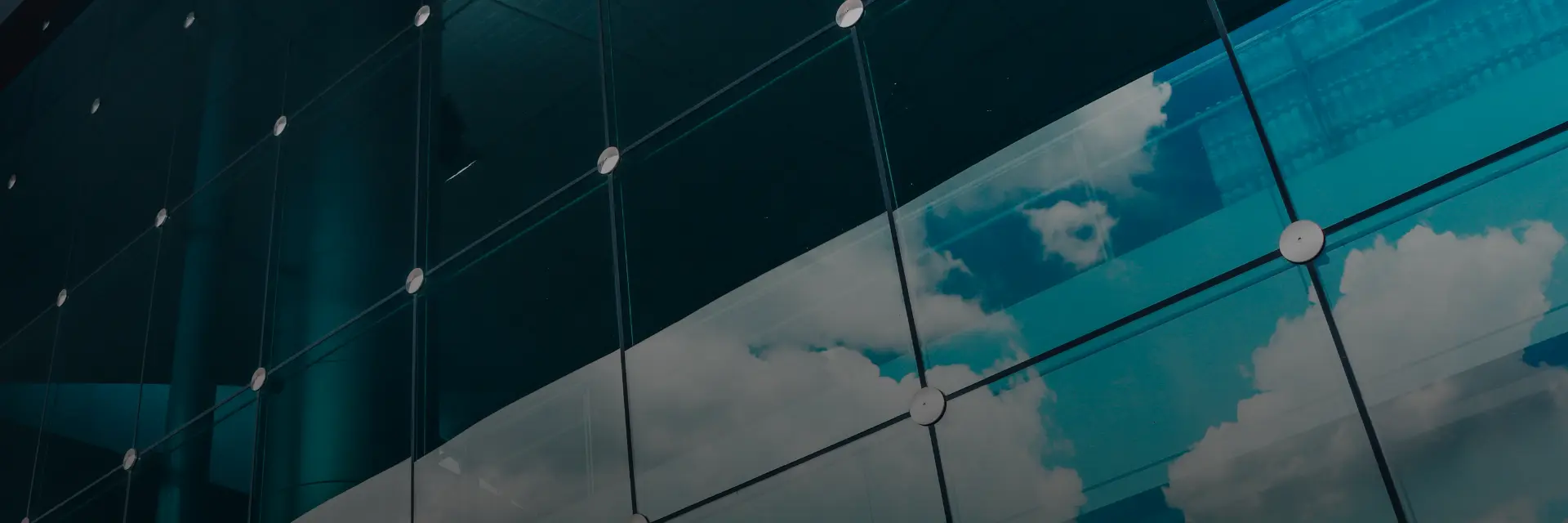
A frameless system utilizing the Frameless Curtain Wall System, emphasizing openness, clean lines, and a modern look—enhancing the overall value and visual appeal of the building.
Our Service Highlights:
- Free expert consultation
- Customized facade design services
- Professional engineering supervision
- Preliminary cost estimation
- Wide selection of materials to fit any budget
Explore our project portfolio and contact us for personalized advice.
A Good Facade Is Not Just About Aesthetics—It's About Long-Term Value
Many project owners face issues like budget overruns or delays due to inadequate facade planning. Understanding the components of facade costs from the outset enables better control over quality and expenses.
Frequently Asked Questions About Facades
Q1: How does a facade different from a regular exterior wall?
A1: It is recommended to start with a design approach that emphasizes simplicity and uncomplicated forms for the facade. This helps significantly reduce both material costs and installation expenses.
Q2: What type of facade is recommended for a limited budget?
A2: Consider using prefabricated materials like coated metal sheets or WPC, which are cost-effective and easy to maintain.
Q3: Is it necessary to have an engineer oversee facade installation?
A3: Absolutely. Especially for complex or high-rise projects, professional supervision ensures safety and compliance with structural requirements.
Q4: How often does a facade require maintenance?
A4: Maintenance frequency depends on the material. Aluminum facades are low-maintenance, while wood-based materials may need annual treatments.
Conclusion
A facade is a powerful element that enhances both the appearance and functionality of a building.
The cost of implementing a facade involves multiple factors that require careful planning—especially in choosing the right materials and working with experienced professionals.
This ensures that the final result is not only beautiful but also durable and cost-effective.
If you need additional guidance on selecting a facade solution that fits your project’s budget, feel free to contact the Facade Solution team directly via the contact us.






